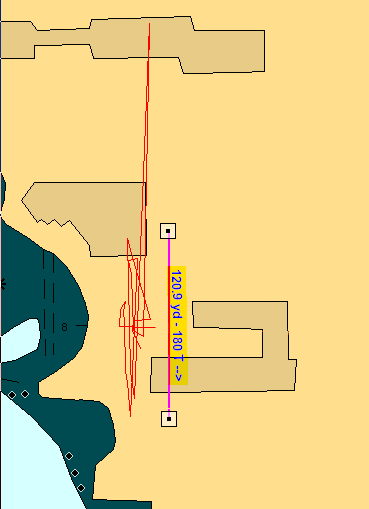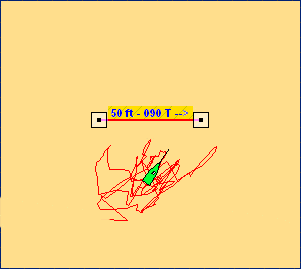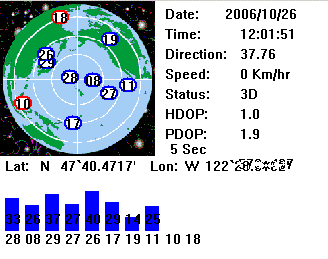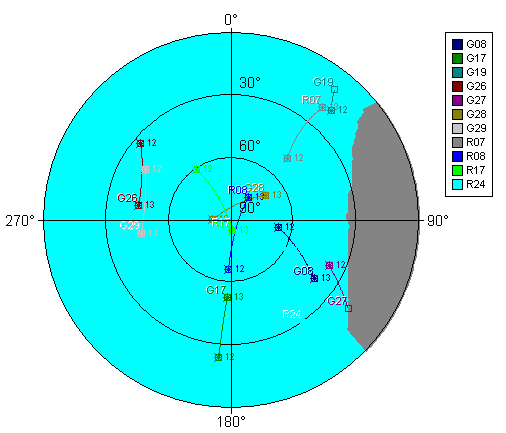|
Author
|
Topic: GPS accuracy and satellite configuration
|
David Burch
|
 posted October 27, 2006 08:52 AM
posted October 27, 2006 08:52 AM


Position accuracy and satellites available.
It is relatively easy to study the effect of satellite configuration and position accuracy. we have several samples of this throughout the notes, but have not till now directly correlated the results with number and location of satellites. However last night we noted a clear case.
the first data were taken from a GPS indoors sitting on the window sill with limited sky. it had three sats nearly in a line in one direction and just one other about 35° to the side of those. that led to a spread in positions of about 120 yards... note too, that it was mostly in the N-S direction.

then moving to a location with a clear view of the sky with about 8 sats well distributed we got the second picture with a spread of about 50 feet.

to make a test like this, find a place with good view of the sky, then put the signals into a ECS program and zoom way in. the GPS is at some fixed position. then take a picture of the satellite configuration (most programs will show that, or you can see it on any GPS) and then accumulate data for an hour or so. In some programs you need to adjust the tracking options, such as set to track every 3 seconds regardless of change in location or course.
then take a book or other solid object and block out some satellites keeping an eye on the satellite display to see that you have done what you wanted and then take the data again.
Here are the sat configuration for the better fix.

Note if you want to see where the satellites are now and where they will be in the future to help plan out a good test time, you can get these predictions from an excellent free program listed in our online library under Miscellaneous/Satellites. You can even put in local obstructions to see effect of their limits on the satellites.
Here are the predictions for 1200 to 1300 for the fix above done at 1200.

From: Starpath, Seattle, WA
|
|
|











